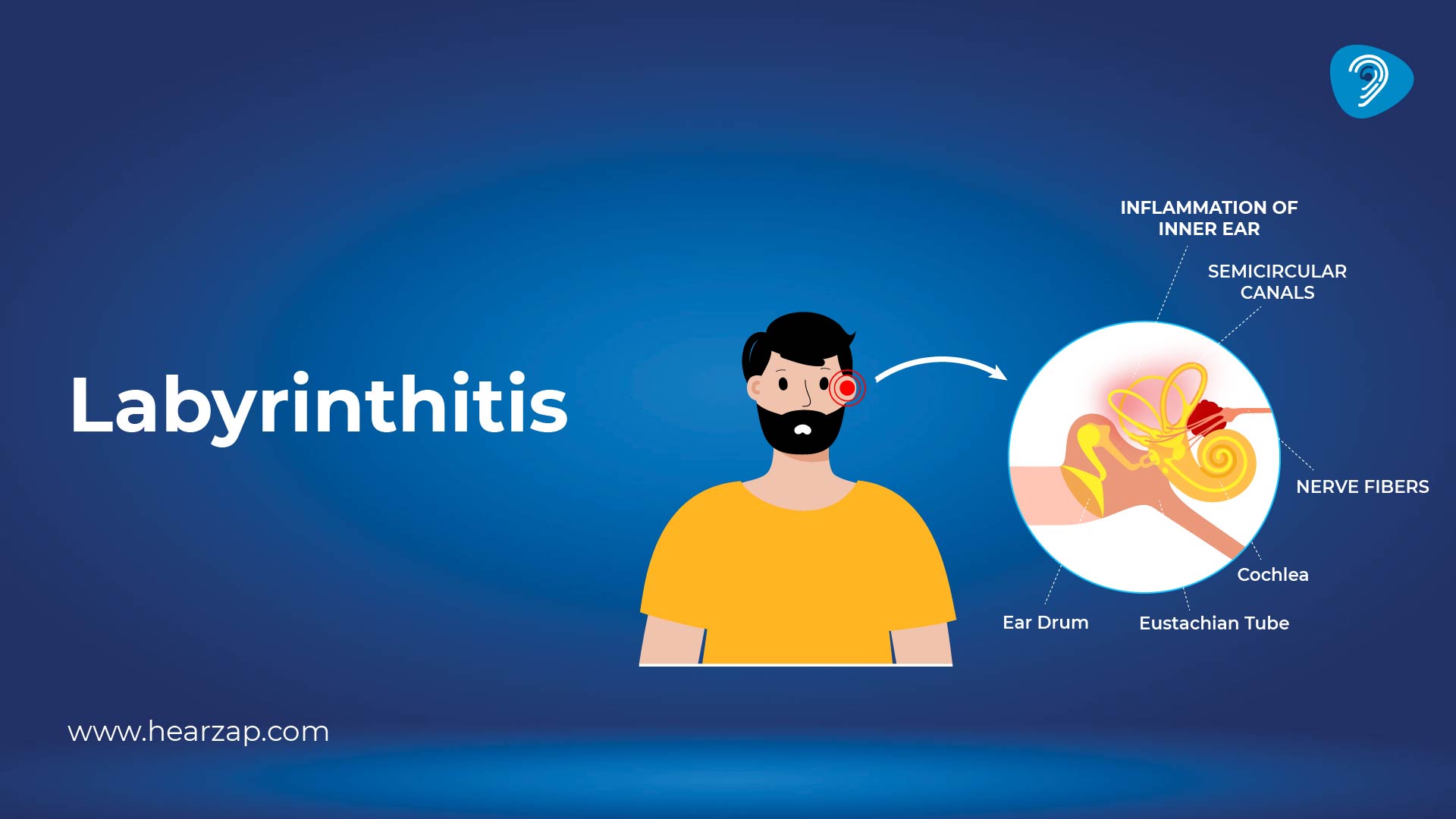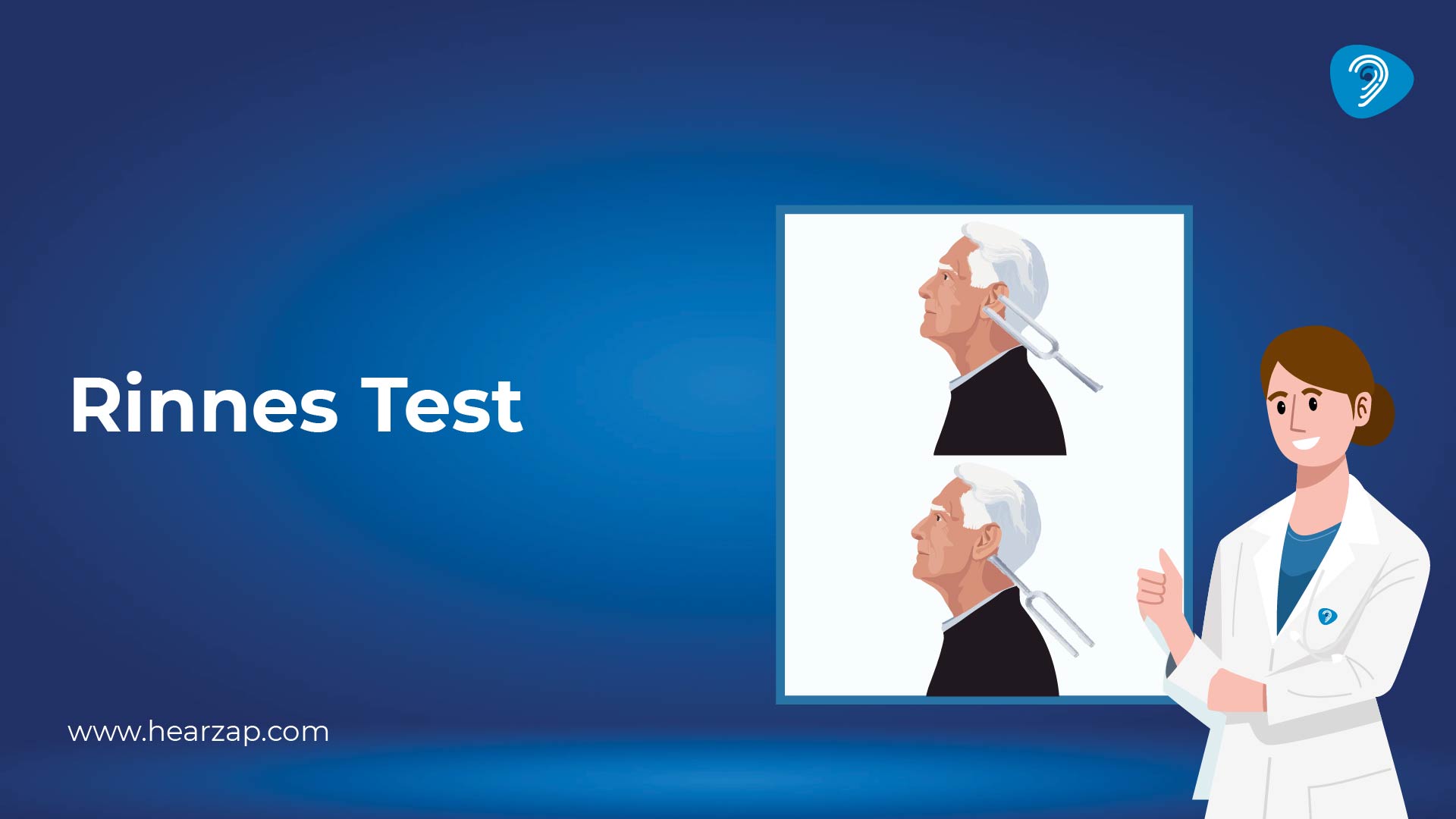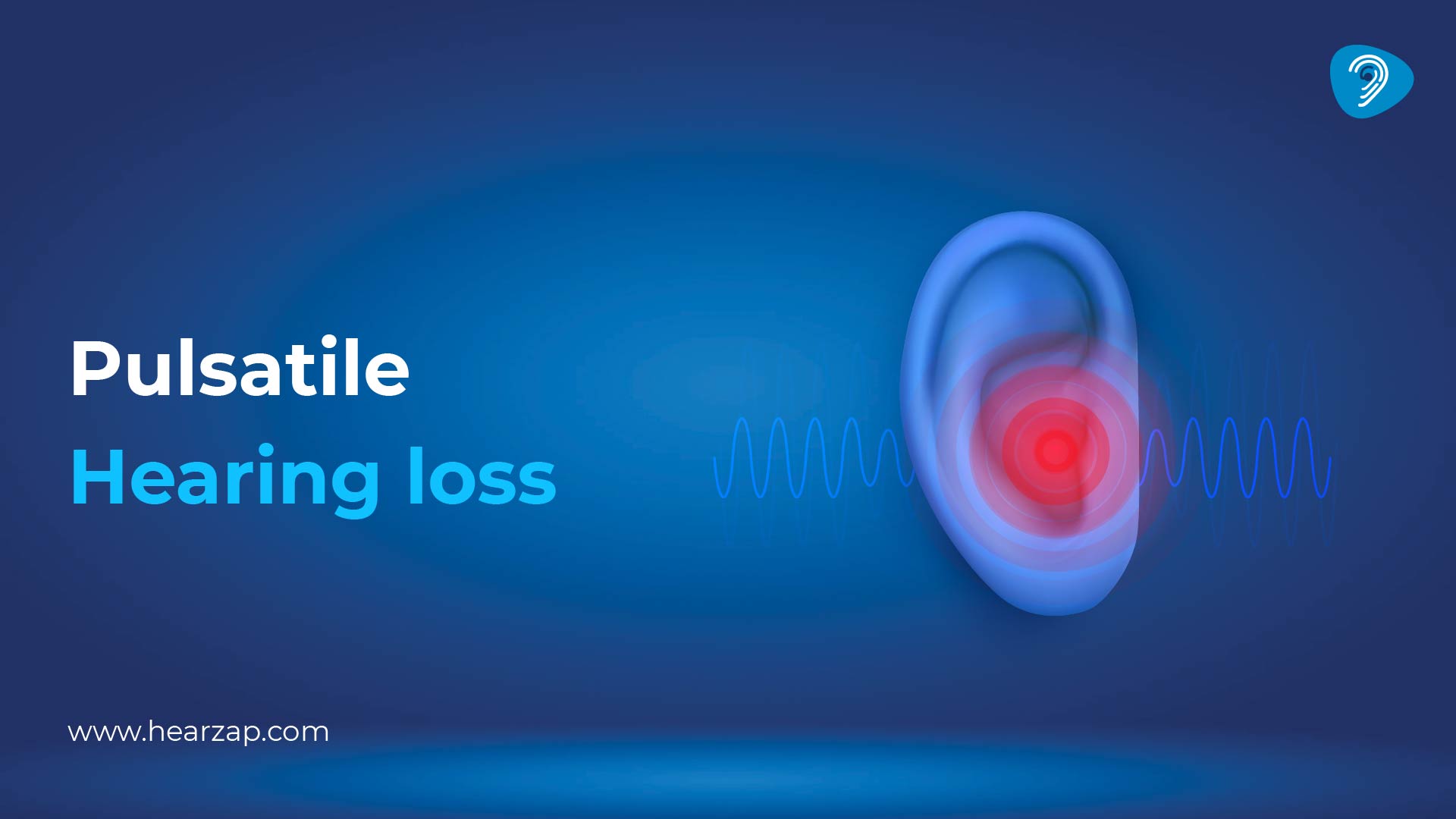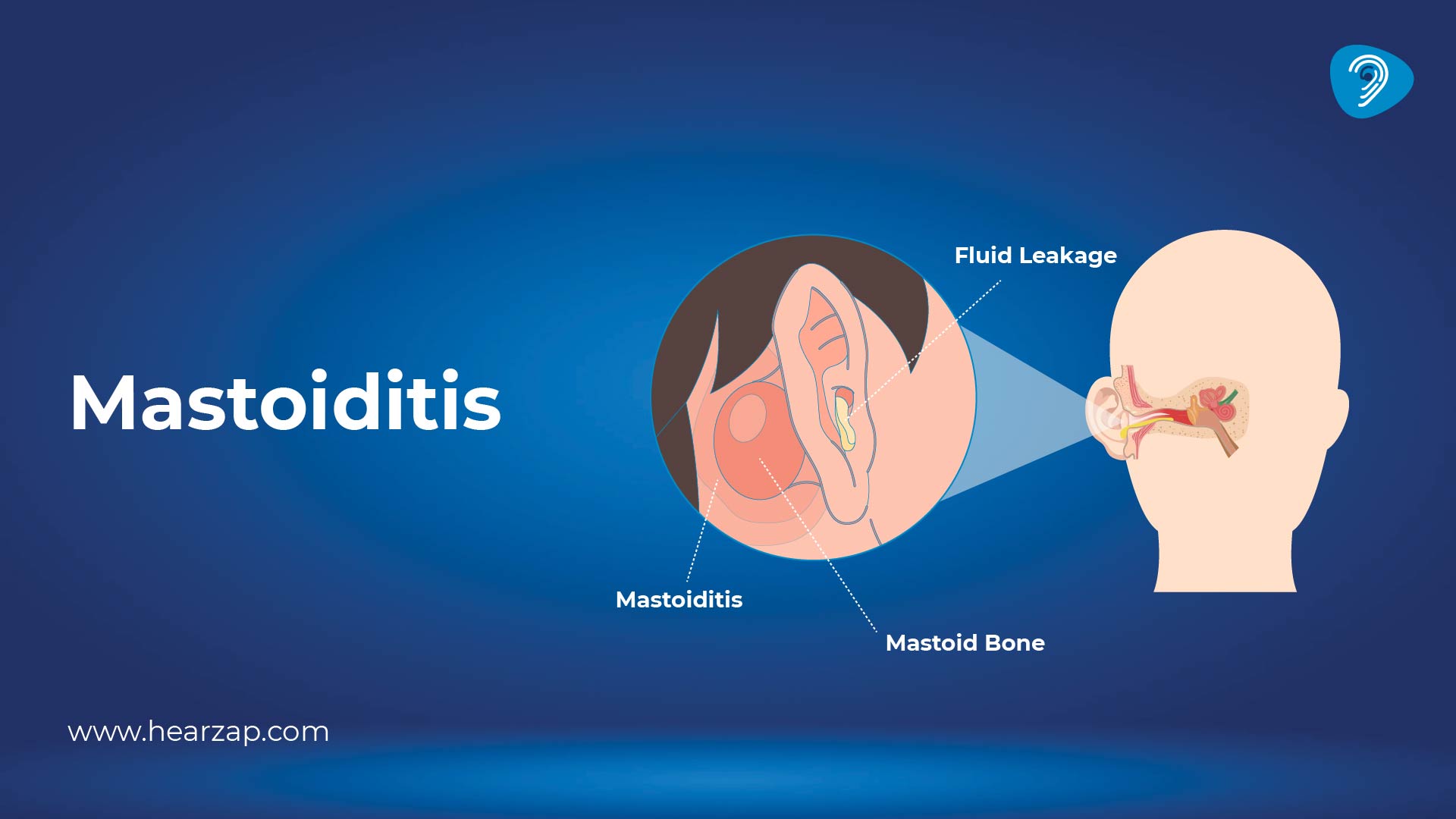Generic
Labyrinthitis: Causes, Symptoms & Treatment
By Team Hearzap | Oct. 14, 2025

Feeling as if the room is spinning or your feet are unsure on the floor can be frightening. Many people describe the spinning sensation as vertigo, while others refer to it as dizziness or simply say they have balance problems. One possible reason is labyrinthitis, a problem affecting the inner ear’s balance and hearing system.
In plain terms, the delicate labyrinth deep inside the ear becomes irritated. That irritation can follow colds or other ear infections, appear after a stressful patch, or show up with no clear reason at first. Whatever the trigger, the body is trying to settle an upset system. Understanding the signs, tests, and supportive options helps you decide what to do next without panic.
What Is Labyrinthitis?
At the centre of the inner ear sits the labyrinth, a coil of fluid-filled tubes and chambers that help the brain track movement and hear sounds. When the tissue in this area becomes inflamed, doctors often refer to it as labyrinthitis. The key underlying process is nerve inflammation, which can disturb messages travelling from the ear to the brain. Because those signals guide your eyes and muscles, inflammation can lead to spinning sensations, blurred vision, and unsteady steps.
It is different from middle ear infections that cause earache or discharge. Middle ear problems sit behind the eardrum. Labyrinthitis affects the deeper balance organ. Some people confuse it with vestibular neuritis. In everyday use, the terms are often blurred, yet many professionals use neuritis for balance symptoms without hearing changes and labyrinthitis when hearing is also involved.
Think of the labyrinth as a spirit level inside your head. If the level becomes sticky or the fluid ripples at the wrong time, your brain gets mixed messages. Turning your head, getting out of bed quickly, or riding in a vehicle may set off symptoms that ease when you lie still.
Labyrinthitis Symptoms
People report a cluster of experiences that vary in strength and timing. Typical labyrinthitis symptoms include:
- Sudden vertigo that can last hours or days.
- Dizziness, light-headedness, or a floating feeling.
- Trouble walking straight or standing without support because of balance issues.
- Nausea or vomiting, sometimes triggered by head movement.
- Blurred or jerky vision, sometimes called nystagmus.
- Sound seeming muffled, along with hearing loss in one ear.
- Buzzing, ringing, or whistling known as Tinnitus.
- A heavy head, tiredness, and difficulty focusing on tasks.
Because nerve inflammation symptoms often flare when you move, many people prefer to keep their head still during a spell. The first few days can be the toughest, followed by a gradual easing. Stress, poor sleep, and bright screens can make sensations feel stronger.
Labyrinthitis Causes
Experts usually describe labyrinthitis causes in a few broad groups:
- Viral infections: A cold or flu can irritate the inner ear. The virus itself or the body’s response may spark nerve inflammation.
- Bacterial infections: Less common, but certain ear infections can spread inward and irritate the labyrinth.
- Autoimmune processes: The immune system may mistakenly target inner ear tissue.
- Post-infectious reactions: After a respiratory illness, residual inflammation may linger.
- Head injury or sudden pressure changes: Falls, barotrauma, or loud blasts may disturb the delicate structures.
- Medicine side effects and sensitivity to chemicals: Some drugs can bother the inner ear in susceptible people.
- Stress and fatigue: These do not cause the inflammation on their own, yet they can make symptoms more noticeable.
It helps to keep a simple timeline. Note when symptoms started, whether you had a recent viral bug, and what movements make things feel worse. That record often guides the first discussion with a professional.
How Is Labyrinthitis Diagnosed?
Diagnosis begins with a careful history and a physical examination. A clinician will usually check your eye movements, ask you to follow a finger, and look for nystagmus. They may inspect your ear canal and eardrum to rule out outer or middle ear infections.
Balance tests can include standing with eyes closed, walking heel-to-toe, and head-turn manoeuvres. Hearing assessment may involve pure-tone audiometry to map any hearing loss. When symptoms persist or the picture is unclear, additional tests can be arranged:
- Vestibular function tests to see how the inner ear responds to position and temperature changes.
- An electrocardiogram and blood tests are performed if faintness or palpitations are present.
- Imaging, such as an MRI scan, to exclude other inner ear or brain causes.
These steps aim to understand whether labyrinthitis best fits the pattern or whether another condition explains the sensations.
Labyrinthitis Treatment Options
People consider different steps depending on the phase and intensity of symptoms. The umbrella term labyrinthitis treatment covers rest, supportive care, targeted labyrinthitis medication, and focused labyrinthitis therapies. The aim is to reduce discomfort during the acute phase and help the brain recalibrate as symptoms settle. Any medical treatment is guided by a qualified clinician and the person’s medical history.
Medications for Labyrinthitis
During the early days, some individuals are offered short courses of labyrinthitis medication. Options that doctors may consider include medications for labyrinthitis, such as:
- Medicines for nausea and vomiting to make fluids and food easier to keep down.
- Short-term vestibular suppressants to ease severe vertigo. These are usually used for a limited days so that long-term compensation is not delayed.
- Pain relievers if there is a headache or ear discomfort.
- Corticosteroids aimed at calming nerve inflammation in selected situations.
- Antivirals or antibiotics when a clinician believes a specific infection is responsible, and treatment timing fits the clinical picture.
The precise plan varies. People who are pregnant, older adults, or those with long-term conditions need tailored advice. Because some medicines can increase sleepiness, safety while driving or operating machinery should be discussed.
Lifestyle & Ear Care Tips
Simple habits often support recovery and comfort. Practical ear care and lifestyle steps include:
- Rest in short, frequent spells during the most intense days.
- Drink small, regular sips of water or oral rehydration solutions.
- Keep lighting soft and limit screen time if visuals trigger dizziness.
- Avoid sudden head turns. Rise from bed slowly and sit before standing.
- Use two pillows to keep the head slightly raised.
- Cut back on caffeine and alcohol until spells settle.
- Protect hearing. Use ear protection in noisy places to reduce strain on a sensitive system.
- Resume gentle activity indoors as soon as you can manage, since lying still for too long may slow adaptation.
- Track triggers. Many people find certain lifts, vehicles, or turning patterns bring on vertigo; knowing the pattern helps you plan.
These ideas do not replace medical treatment. They simply support comfort while the inner ear calms.
Physical & Vestibular Therapies
Targeted exercises can help the brain use sight and muscle-joint feedback more efficiently while the inner ear recovers. These labyrinthitis therapies often come under vestibular rehabilitation therapy. A physiotherapist may teach:
- Gaze stabilisation drills, where you focus on a fixed point while moving the head.
- Balance training that starts with standing near a wall or chair and gradually challenges posture.
- Habituation exercises that repeat a movement, which brings mild symptoms until the brain adapts.
Therapy is usually gentle and progressive. The goal is not to push through severe dizziness, but to nudge the system towards tolerance. People living in towns without easy clinic access sometimes use printed plans after an assessment, then check progress by phone or video.
Surgery
Surgery is not a standard route for labyrinthitis. It is discussed only in specific scenarios, such as when structural issues in the middle ear or rare inner ear problems are identified and other paths have not helped. Any operation decision balances potential benefits with risks and recovery time.
Complications Of Labyrinthitis
Most people describe a gradual improvement. A few report longer-lasting dizziness, sensitivity to busy visual scenes, or intermittent vertigo with quick turns. Ongoing hearing loss or persistent Tinnitus can affect mood, sleep, and work. Some people develop worry or low confidence after repeated spinning spells. If the emotional load feels heavy, short-term counselling or support groups can be helpful alongside other steps.
When To See A Doctor
Seek a professional opinion if:
- Vertigo is severe, comes with a splitting headache, limb weakness, double vision, chest pain, or fainting.
- New hearing loss or ear discharge appears.
- Dizziness continues beyond a few days without any easing.
- You have a long-term condition, are pregnant, or care for someone who is frail.
- Symptoms follow a head injury.
Early review helps sort out what is happening and whether medical treatment is needed.
Prevention & Ear Care For Labyrinthitis
While not every episode is preventable, small choices reduce risks linked to infection and strain. Practical steps focus on hygiene and ear care:
- Wash hands regularly and avoid touching your face during cold-and-flu season.
- Keep vaccinations up to date as advised by your doctor.
- Treat colds kindly. Rest, hydrate, and ease back into routine to lower post-illness flare-ups.
- Manage allergies with a plan agreed with your clinician.
- Use protective headgear for sports where falls are possible.
- Give your ears a break from deafening music or noisy workplaces.
- Avoid inserting cotton buds or objects into the ear canal.
- When swimming, dry your ears gently afterwards.
If you are prone to Ear Infections, talk to a clinician about personalised ear infection treatment strategies.
Conclusion
Labyrinthitis can unsettle daily life, yet many people find that symptoms ease over time with the right mix of rest, inflammation treatment, supportive habits, and targeted labyrinthitis therapies. The focus is on comfort during acute spells and on retraining balance as things settle. Keep notes on your labyrinthitis symptoms, ask questions during appointments, and follow a plan that matches your situation. If you need guidance on assessments, medications for labyrinthitis, or a tailored plan, local hearing and balance teams can help you choose the next step with confidence.
Prefer local guidance? Book a free consultation with our hearing care professionals at Hearzap.com. Discuss labyrinthitis treatment choices, plan simple exercises, and fine-tune daily ear care so recovery feels structured and manageable. Together.
FAQs
How long does it take for labyrinthitis to go away?
Recovery varies. The most intense vertigo and dizziness often soften over several days, while balance confidence and energy can take weeks. Hearing changes and Tinnitus may take longer to settle and sometimes persist. Keeping active within your limits and following any rehabilitation plan can support gradual improvement.
What is the cause of labyrinthitis?
There is no single cause. Common labyrinthitis causes include viral illnesses, bacterial spread from nearby Ear Infections, immune reactions, and occasionally injury or pressure changes. A clinician reviews your history to identify the most likely trigger and whether specific medical treatment is appropriate.
How to test for labyrinthitis?
Testing usually starts with a clinical exam and a discussion of labyrinthitis symptoms. Hearing tests map any hearing loss, and vestibular assessments check balance function. When needed, further investigations such as blood tests or MRI scans help exclude other explanations.
Can labyrinthitis cause neck pain?
Neck discomfort can occur when people keep their head very still to avoid vertigo. Muscles may stiffen after days of guarded movement. Gentle stretches and posture breaks often help, but new or severe neck pain should be checked by a clinician, especially after injury.
What is the difference between labyrinthitis and vertigo?
Vertigo describes the spinning sensation itself. Labyrinthitis is a condition that can lead to that feeling by disturbing the inner ear’s signals, and it may also include hearing loss or Tinnitus. In short, vertigo is a symptom, while labyrinthitis is one possible underlying cause.
Contact us
We are here for all your hearing needs, from hearing tests to hearing aids. Fill out the form below, and we will give you a call soon.
Please enter a valid mobile number with 10 digits.
Recent Blogs
By None | Dec. 4, 2025
By None | Dec. 2, 2025
By None | Nov. 28, 2025
By None | Nov. 27, 2025
By None | Nov. 26, 2025












